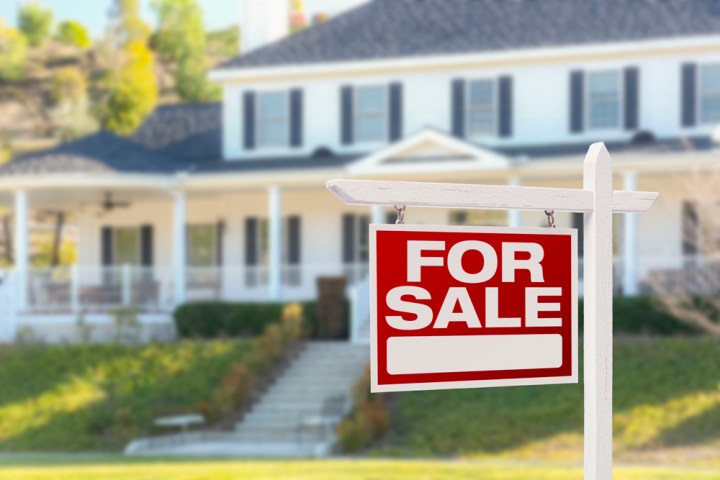
Of the 178 metropolitan statistical areas the NAR examines, just 29 of them — roughly 16 percent — reported lower median prices from the year prior, though there were a touch fewer rising markets in 2016’s second quarter than its first. So what does this entail? Well, the first quarter of 2016 experienced price gains in 87 percent of its areas as opposed to 83 percent. Lower, yes, but still a sign of a dramatically rising housing market.

“Steadily improving local job markets and mortgage rates teetering close to all-time lows brought buyers out in force in many large and middle-tier cities,” said Lawrence Yun, NAR’s chief economist. “However, with homebuilding activity still failing to keep up with demand and not enough current homeowners putting their home up for sale, prices continued their strong ascent — and in many markets at a rate well above income growth.”
For the sake of comparison, the report found the nationwide price for a single-family home in 2016’s second quarter sat at $240,700, which represents a modest 4.7 percent increase over 2015’s second quarter. Furthermore, this year’s first quarter saw a 6.1 percent rise in median cost from the year prior while total existing-home sales — which encompasses single-family homes as well as condos — increased 3.8 percent this year.
“Primarily from repeat buyers moving up or trading down, existing sales increased each month last quarter and could’ve been even higher if not for a few speedbumps,” Yun added. “Closings were slowed a bit by meager supply levels and home prices in many areas that are still rising too fast.”
While San Jose takes the cake for most expensive single-family home prices in the country, the metropolitan area of Youngstown-Warren-Boardman, Ohio bring up the statistical rear with a median price of just $85,400. Granted, living in such a town may not be as sexy as living in burgeoning San Jose but at least your dollars may go a bit farther in the midwest than the west coast.
Editors' Recommendations
- Claiming to be the world’s fastest, this SSD just raised over $1.2 million
- Dentist purchases collection of nearly 40 NES games for just over $1 million


